
In otter news: building a new home at CAT
January 27, 2021Home » In otter news: building a new home at CAT
Once nearly extinct in the UK, otters have made a remarkable comeback. Dulcie Fairweather explores a conservation success story and looks at how we are helping this charismatic carnivore to thrive at CAT.
Latest statistics paint a grim picture of the natural world, with thousands of species in relentless decline and the UK failing to reach 17 out of 20 UN biodiversity targets agreed on 11 years ago.
According to RSPB analysis, the verdict is even worse than feared. On six of the 20 targets the UK has actually gone backwards; a shocking finding, especially as biodiversity loss is as much of a threat to humanity as the climate crisis.
While it is incredibly vital to highlight the urgent concerns and challenges facing UK wildlife, it’s also important that we celebrate the more positive stories – those that show how we can help nature back from the brink.
Otters in Aberystwyth, filmed by Scott Waby
Magnificent mustelids
Renowned for its agility and playful nature, the otter is, thankfully, one of our most notable conservation success stories.
Weighing in around 6-8kg, it is our second-largest member of the mustelid family, which also includes badgers, weasels, stoats, pine martens, polecats and mink. This playful but secretive mammal is one of our top predators and is well-adapted to life both on water and on land.
Their webbed feet and long, rudder-like tail propels them through the water at an impressive one metre per second.
They utilise a wide range of aquatic habitats from small ditches, moorland streams, lakes and ponds to large rivers, estuaries and coasts. Consisting of roughly 80% fish, their diet particularly favours eels and salmonids but they will diversify and eat amphibians, crustaceans and waterbirds if food supply is scarce.
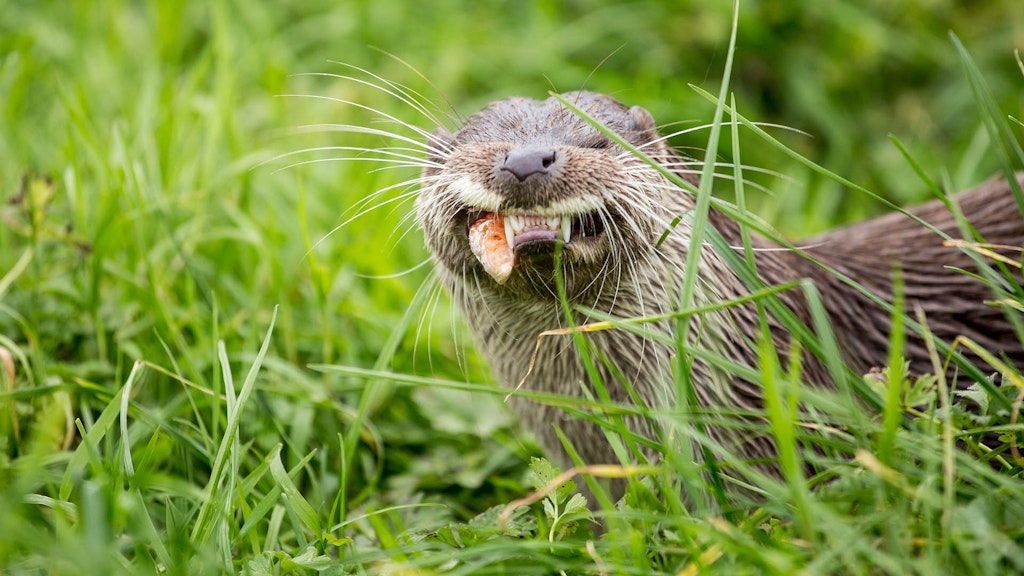
Troubled waters
Once widespread in Europe, otter populations suffered a severe drop between the 1950s and 1970s. The combined effects of persecution, habitat loss and aquatic pollution caused a radical reduction in their range.
The species faced intensive persecution for fishery protection and sport throughout the 18th and 19th centuries, with packs of hounds specifically bred to pursue the scent of the otter.
From 1958 to 1963 the 11 otter hunts in England and Wales, according to their own records, killed 1,065 otters between them. Ironically, the dwindling population was first noticed by the otter hunts in the south-west of England.
Habitat destruction, particularly the drainage of wet areas, ravaged much of the otter’s riverside environment. Fishing, boating and urban developments like new roads and houses disturbed the shy otter in previously quiet waterways.
However, the introduction of agricultural chemicals (organochlorine pesticides) has been identified as having the greatest impact on the devastating crash in numbers. Changes in traditional farming methods led to these pesticides being used in sheep dips and seed dressings, which subsequently leached into the waterways and polluted the otter’s ecosystem. As top predator of the aquatic food chain, otters are highly susceptible to the bioaccumulation of fat soluble pesticides.
The toxicity of these pesticides fatally poisoned the animals, contaminating their prey, or significantly affected their breeding and immunity to disease. Further aquatic pollution from fertilisers, farm slurry, sewage and herbicides also exacerbated the problem.
The first national otter survey, carried out between 1977 and 1979, detected the presence of otters in just over 5 per cent of the 2,940 sites surveyed; all the sites were known to have held the animals previously. The species had become largely extinct from the rivers of most of central and southern England.
In 1981, the otter was declared so rare that it was granted legal protection, with the practice of hunting becoming banned as a response. This new legislation sought to prohibit persecution, improve the water quality of rivers and introduce a programme of otter releases to help recover numbers.
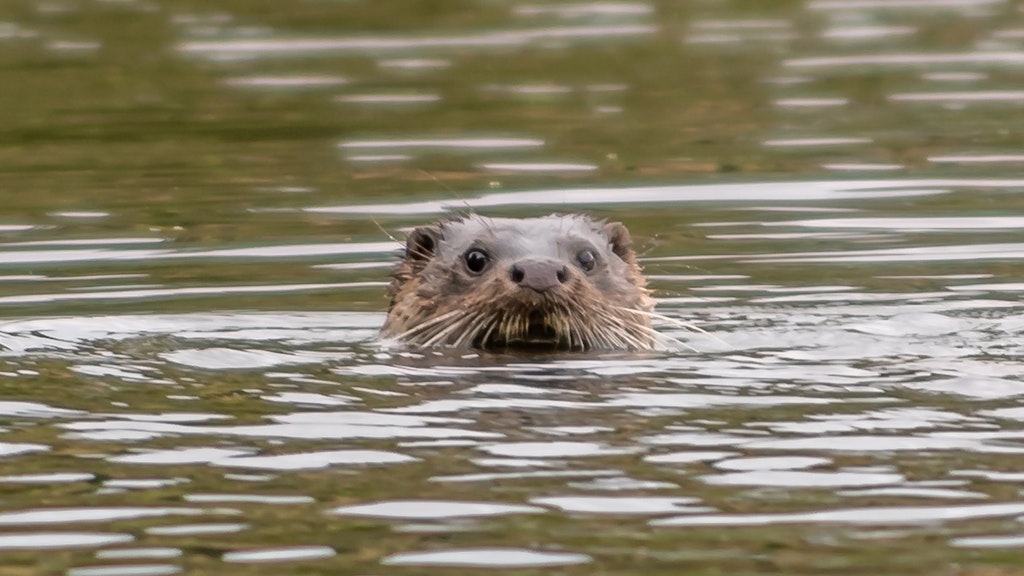
Turning the tide
It has been a long and perilous journey, but otters have finally managed to swim back from the brink of extinction. The current population in Britain is estimated to be around 10,300 (Scotland, 7,950; England, 1,600; Wales, 750).
Otters are considered an important flagship species of healthy freshwater ecosystems; their presence indicates the condition of the wider environment and is a hopeful sign of improving watershed conditions. They greatly depend on clean rivers with a plentiful, varied supply of food and ample bank-side vegetation offering secluded sites for their holts. As their territories can extend up to 25 miles of river, they need to be able to move frequently within and between patches of good habitat to feed, breed and rest.
Their future certainly looks a lot brighter; these iconic animals can now be found in every British county, although breeding activity is still low in many areas.
Worryingly, data published last year revealed that all English rivers failed to meet quality tests. The figures suggest that pollution from sewage discharge, chemicals and agriculture are having a huge impact on river quality – drawing alarming parallels to the conditions that endangered otters over four decades ago.
The species’ return from the brink of extinction means they are more valued than ever but, with anglers increasingly vocal about rising otter populations, there must be discussions on how to prevent conflict as the species expands its range and numbers.
Wh’otter you looking at?
You have more chance of seeing an otter today in the UK than at any time since records began, yet their elusive nature still makes them a difficult spot. Seeing the signs of otters is far easier than seeing the animals themselves. So, what should you be looking for?
Along riverbanks and waterways, keep your eyes peeled for five-toed footprints which are about 6-7cm long. Otters have blunt, short nails, which frequently leave no mark. Their droppings, or ‘spraints’ can be found in prominent places and they act as ‘scented messages’, helping them to find mates and defend territories.
A fresh spraint is black and moist with a coating of an oily looking slime. In time the dark colour fades, until the spraint goes grey, and then white. Spraints contain visible fish scales or bones, with the occasional feather, frog’s leg bone or fish egg. They have a pleasant smell, often said to be reminiscent of jasmine tea (not the worse animal poo to stop and sniff – by far!).
Unfortunately, the otter shares its watery habitat with a relative newcomer and invasive species – the American mink. Exploited for their fur for decades, mink have now firmly established themselves along our rivers and lakes. Sadly, its carnivorous nature makes it detrimental to our native water vole and bird populations.
Although both species live around water, eat similar foods and could be mistaken for each other at a distance, there are various features that set the otter and mink apart.
A good tip to distinguish otter from mink – otters have just their head showing above the water, while mink swim with their heads and backs exposed. Mink are significantly smaller than otters, and have a much darker or black coat. The smell of a mink scat is much more sharp and musky in comparison to the otter’s. Another distinguishing characteristic is that mink scat rapidly grows mould, which an otter spraint does not.
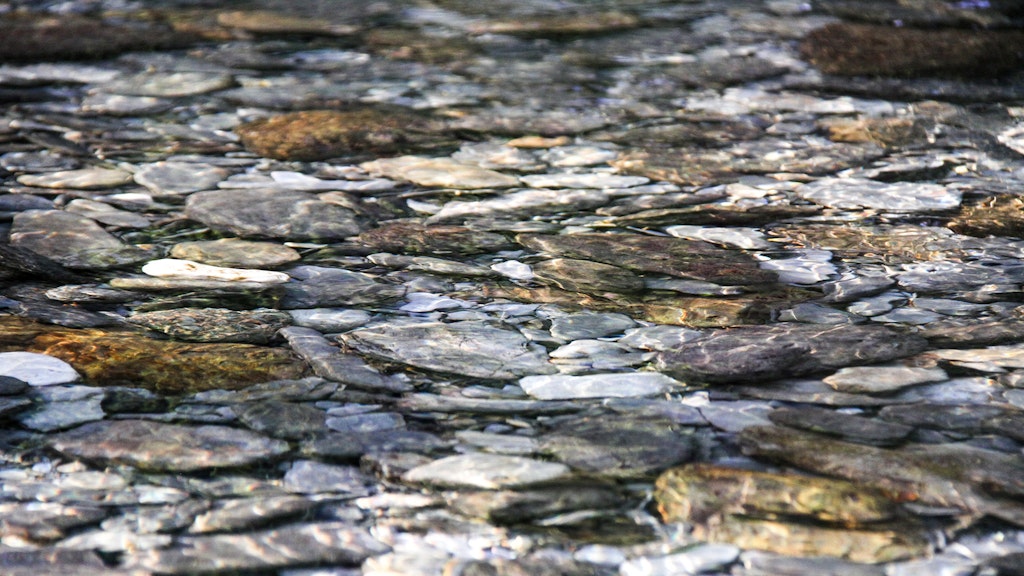
Holt! Who goes there?
Here at CAT, we have recently finished building an artificial otter holt as a wildlife enhancement measure to help nature thrive.
We know that there has been activity along the river and, by constructing this holt, our goal is to provide safe refuge for otters breeding in this beautiful stretch of waterway.
Alongside our sympathetic management of riverine and aquatic habitats, it is our hope that this artificial holt will be soon made into a home by one of our most charismatic mammals.
An artificial holt can be made in a variety of shapes and styles, using a range of materials. We’ve constructed ours to be durable as the river levels can fluctuate rapidly and dramatically (a one-way escape hatch built into the top of the holt allows otters to flee flooding without allowing access to predators). We’re pleased to say that it held its own against the torrents of the recent Storm Christoph.
Made using mostly reclaimed building materials and thinnings from the CAT woodlands, and built with the help of staff, volunteers and Iolo Williams, we hope it will provide a safe haven for otters for generations to come.
It is an exciting addition to the CAT site, and we have everything crossed that we’ll see pups playing on the banks of the River Dulas before too long!
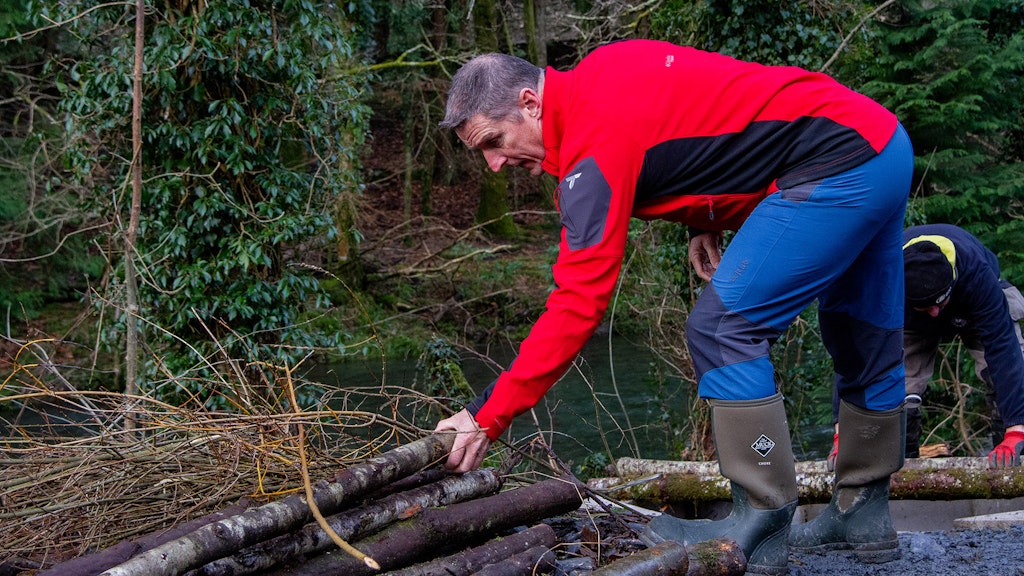
About the author
Dulcie joined the CAT woodland team as Natural Resource and Volunteer Officer in August 2020. She has spent the first few months of her role setting up camera traps and footprint tunnels in preparation for CAT’s hosting of BBC Autumnwatch and Winterwatch.
She has a BA (Hons) in Marine and Natural History Photography, a course that devoted heavy emphasis on environmental subjects and concerns.
- Autumnwatch
- Winterwatch
Related Topics
Related Pages
Related news

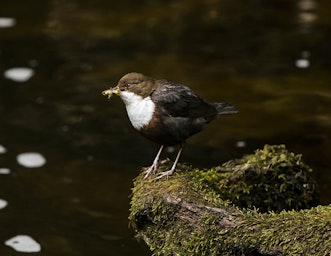
Bobbing along – the songbird that swims
10th March 2021
Greater horseshoe bat – hanging around at CAT
29th January 2021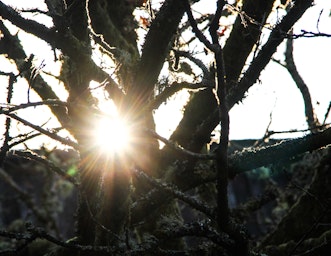
Little wonders – celebrating the lichens of the Dyfi Valley
28th January 2021Email sign up
Keep up to date with all the latest activities, events and online resources by signing up to our emails and following us on social media. And if you'd like to get involved and support our work, we'd love to welcome you as a CAT member.
